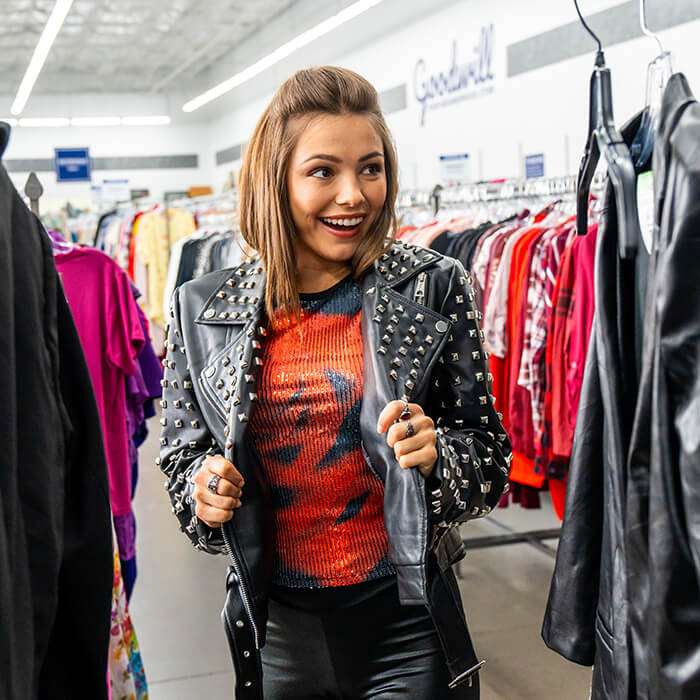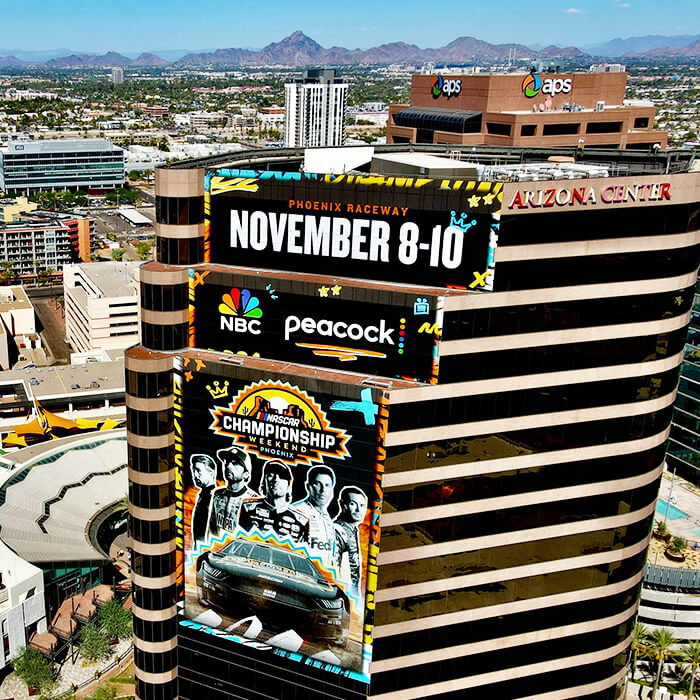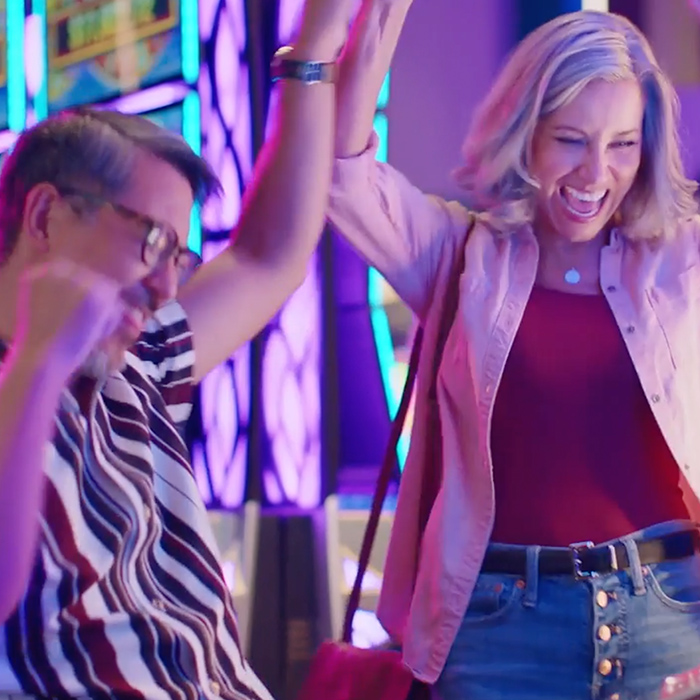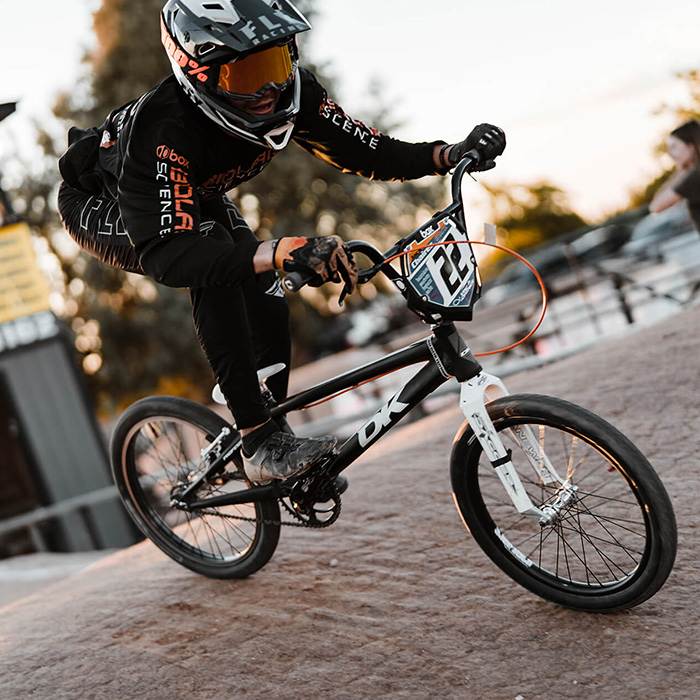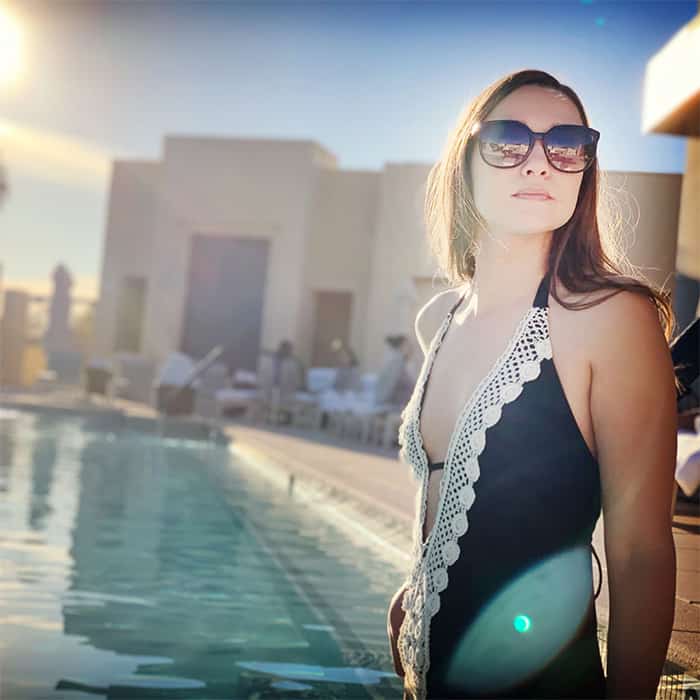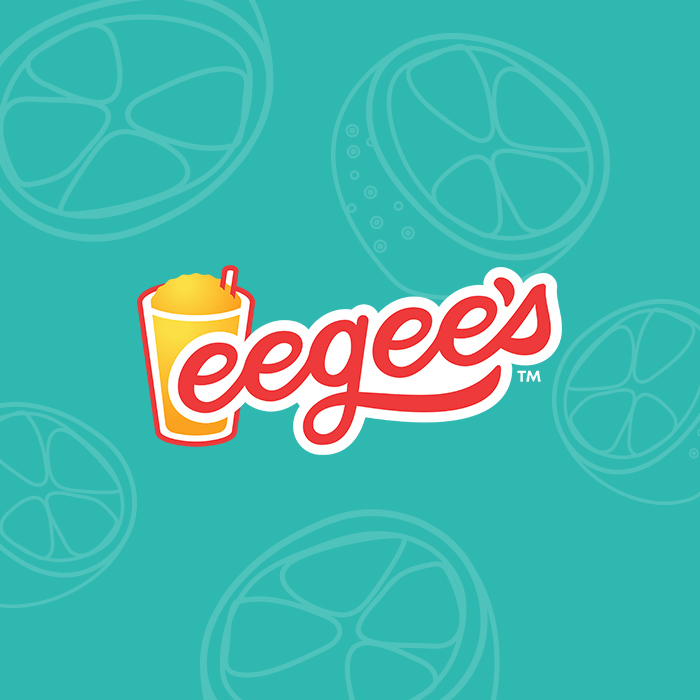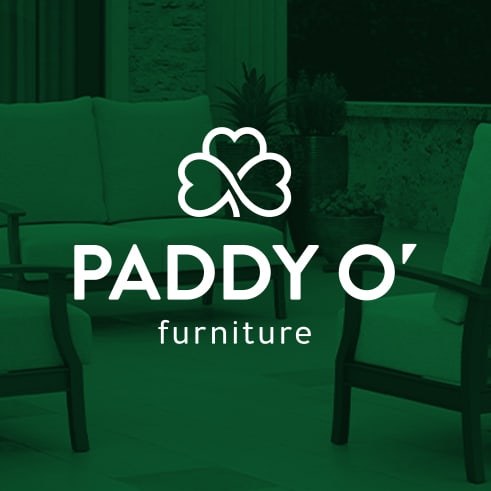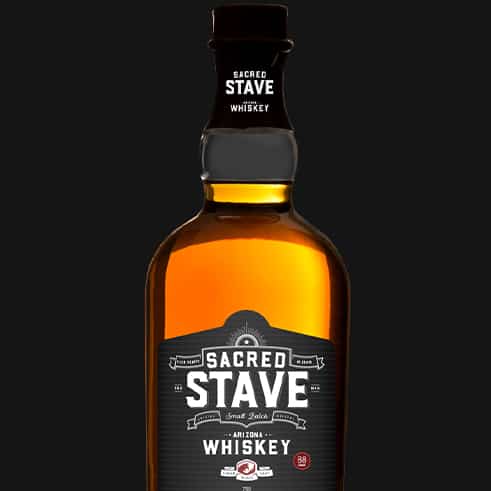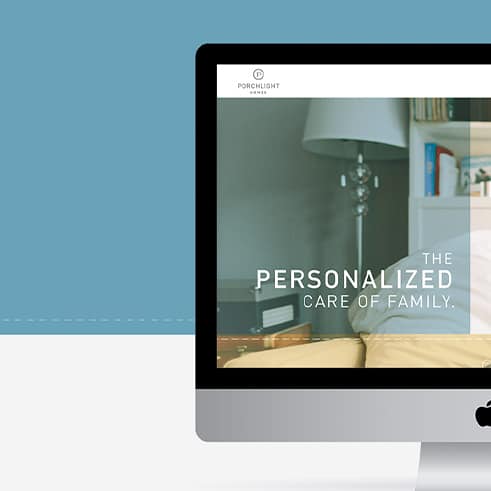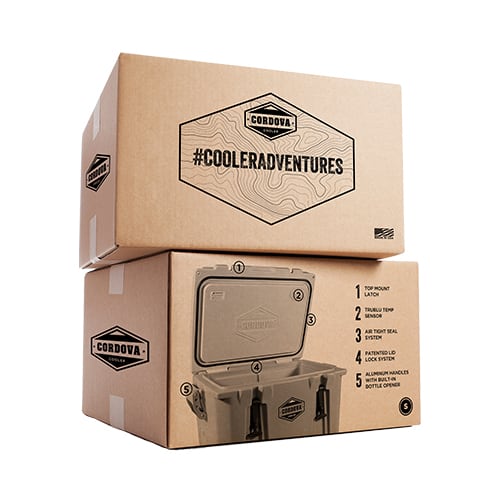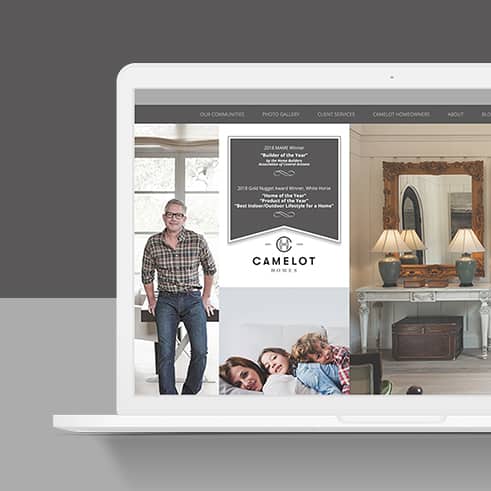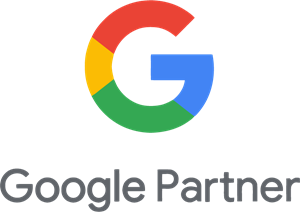In the fast-moving world of digital marketing, video continues to outpace every other content format regarding reach, engagement and conversion. Platforms like TikTok, YouTube Shorts and Instagram Reels have changed how people consume content—shorter, sharper and more visual. In response, marketers are adapting their strategies to keep up with consumer expectations. Enter VEO—Video Engine Optimization—a term gaining traction as the visual counterpart to SEO.
If SEO is about making text content discoverable, VEO is about making video content visible, engaging and algorithm-friendly. And with AI-driven video production tools like Google’s Veo 3 starting to reshape the creative process, the need to understand and implement VEO has never been greater.
What Is VEO (Video Engine Optimization)?
At its core, VEO is the process of optimizing video content to increase its visibility on search engines and within platform-specific algorithms. Just like SEO helps blog posts rank higher in Google search, VEO helps video content appear in video carousels, search results, social feeds and recommendation engines.
But VEO isn’t just about keywords. It involves everything from using accurate captions and metadata to customizing thumbnails and formatting content for specific platforms. Key elements of VEO include:
- Keyword-rich titles and descriptions
- Closed captions and transcripts
- Custom thumbnails optimized for CTR
- Use of hashtags and tags aligned with audience search behavior
- User engagement signals (watch time, likes, shares, comments)
With the right VEO strategy, video content becomes easier to discover and more likely to convert viewers into engaged users or customers.
The Role of AI in the Evolution of Video Marketing
Artificial Intelligence is now embedded in nearly every part of the video creation lifecycle—from scripting and editing to personalization and production. A major player in this shift is Google Veo 3, announced at Google I/O 2024 and rolled out further in 2025.
Google’s Veo is an advanced video generation model that allows users to create high-quality, 1080p videos with motion tracking, depth understanding and scene consistency—all from a simple text prompt. It builds upon its predecessors by adding multi-shot editing, cinematic coherence and audio integration, making it one of the most powerful AI video tools currently available.
Tools like Veo are especially valuable for brands that want to:
- Create explainer videos or product showcases without large production budgets
- React to trending topics quickly
- Generate localized or personalized video ads at scale
According to Business Insider, filmmaker PJ Accetturo used Veo 3 to produce an AI-generated ad for Kalshi that received over 18 million impressions in under 48 hours during the NBA Finals.
Why VEO Is Part of the Future of Brand Visibility
Consumers aren’t just passively watching—they’re engaging, searching and making decisions based on what they see. Video isn’t just a content type anymore; it’s a marketing engine. And with attention spans shrinking and competition growing, brands that master video optimization will have a clear advantage.
Here’s why VEO matters:
- Search Behavior Is Shifting
Younger audiences now use platforms like TikTok and YouTube as search engines, often skipping traditional Google searches in favor of video walkthroughs and explainer content. If your video isn’t optimized, it likely won’t appear in those key searches.
- Algorithms Favor Video
Social and search algorithms prioritize rich media—especially video—because it keeps users on platforms longer. Platforms reward content that performs well with additional reach, and optimized videos are more likely to hit those engagement benchmarks.
- Video Builds Trust and Connection
Video humanizes a brand in ways that static content can’t. It adds tone, expression and narrative flow. When paired with VEO best practices, that video not only connects—it converts.
Expanding VEO: Virtual Reality & Immersive Media
VEO isn’t limited to two-dimensional content. As virtual reality (VR) and augmented reality (AR) gain ground, video optimization is expanding to include immersive experiences. Brands are beginning to explore:
- 360-degree product tours
- VR-enabled storytelling for tourism, hospitality or real estate
- AR overlays that enhance retail experiences
A 2024 report from Precedence Research estimates the global VR market will reach $284.04 billion by 2034, highlighting just how impactful immersive content will be in the marketing mix. Optimizing these experiences with metadata, searchability, and discoverability will become part of the broader VEO toolkit.
Building a Smart VEO Strategy
For marketers exploring VEO, here’s a framework to guide the process:
- Start with Search Intent
Understand how your audience is searching for content. Are they using phrases like “how to,” “best of” or “near me”? Tools like Google Trends or YouTube’s autocomplete can offer valuable insight.
- Customize for Platform
A video optimized for TikTok won’t perform the same on LinkedIn. Tailor video specs (length, format, captioning) for each platform’s algorithm and user behavior.
- Use Structured Data
If hosting videos on your website, add schema markup to help Google index the content properly. This boosts the chance of showing up in video-rich results.
- Track and Iterate
Use analytics tools to monitor video performance—view-through rates, bounce rates, completion percentages—and adjust based on what’s resonating with your audience.
Where Does VEO Go From Here?
As AI tools become more accessible and audiences more demanding, the pressure to deliver relevant, engaging and optimized content will only grow. VEO will likely evolve alongside:
- AI that self-optimizes thumbnails and descriptions in real-time
- Autonomous agents that test multiple video edits and select the top performer
- Voice and eye-tracking analytics to gauge emotional response to video content
- Integration of VEO with influencer and UGC content workflows
Brands that take VEO seriously now will be well-positioned to thrive in this next phase of marketing, where attention is won through visuals and held through relevance.
Final Thoughts
Visual storytelling isn’t just trending—it’s becoming the standard. With AI making video production more scalable and VEO making it more discoverable, marketers have more tools than ever to drive meaningful engagement. The challenge (and opportunity) lies in combining creativity with optimization.
Whether you’re exploring AI video tools, refining your YouTube strategy or building immersive experiences for tomorrow’s platforms, one thing is clear: visibility favors the visual, and VEO is the key to making that visibility last.
